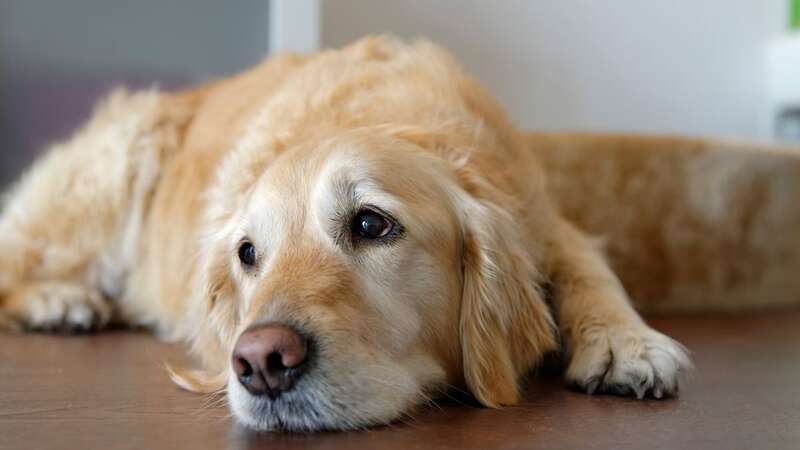
It's officially November, and with Halloween over, plenty of people are looking forward to Bonfire Night, also known as Guy Fawkes Night. Watching the exciting display of colours explode in the sky is the perfect occasion to indulge in treats and spend the night with friends and loved ones.
Each year, on November 5, the sky is lit up with fireworks to mark the evening when Guy Fawkes planned to blow up Parliament during the seventeenth century. Before the celebrations really kick off, there's things all pet owners can do to limit the distress of their furry friends, as many cats and dogs hate the sound of fireworks.
Dogs have excellent hearing, so loud bangs can cause them to startle. This, mixed with bright lights in the sky and potential crowds, can cause a lot of stress and discomfort, making the holiday season a daunting time for many dogs. To help keep your pets calm on Bonfire night, the Blue Cross has shared some simple changes owners can make around their homes to create a safe environment for their pets.
Animal behaviourist Becky Skyrme advised: "Prepare a 'den' for your dog where they can feel safe and comfortable – perhaps under a bed with some of your old clothes. They may like to hide there when the fireworks start," she added.
"Avoid leaving your dog alone if you know there are going to be fireworks nearby. If you do have to leave the house, don't get angry with your dog if you find they have been destructive after being left on their own. Shouting at a frightened dog will only make them more stressed."
 Widow brings pillow with late husband's face on it to pub every New Year's Eve
Widow brings pillow with late husband's face on it to pub every New Year's Eve
On the day, owners should make sure their dog is walked before the fireworks start. They should never take their dog to a fireworks display, as even if they don't bark or whimper at the noise, it doesn't mean they're enjoying it. Excessive panting and yawning can sometimes indicate that your dog is stressed."
Becky said: "Make sure you have measures in place to keep your dog indoors if you know that fireworks will be set off nearby, as dogs are prone to bolting in an attempt to seek out safety and can risk injuring themselves or going missing. Make sure dogs have some form of easily readable identification to wear– even in the house. They should have at least a collar and tag. In addition, make sure your dog is microchipped so that if they do run away, they have a better chance of being quickly reunited with you."
Read more similar news:
Comments:
comments powered by Disqus





























